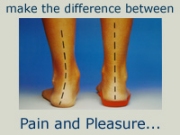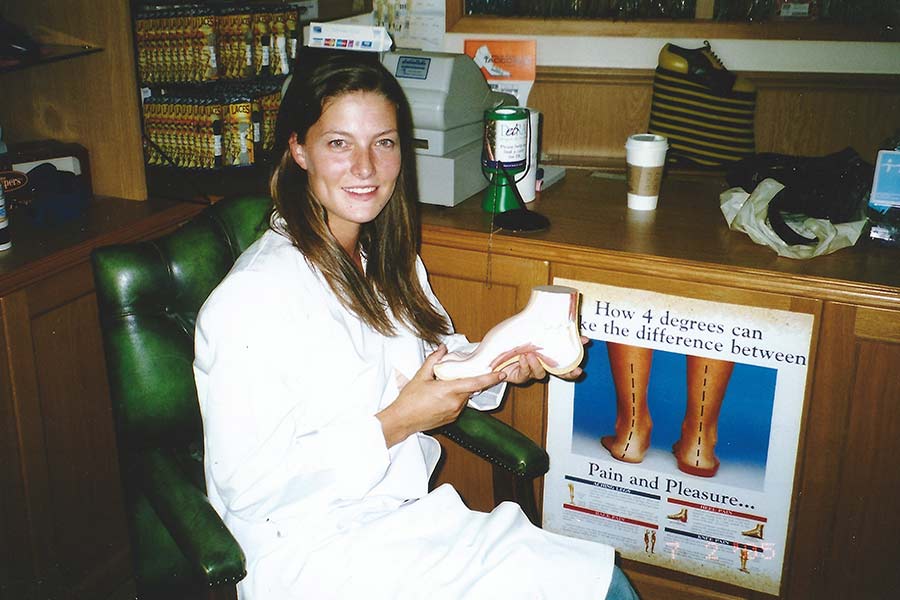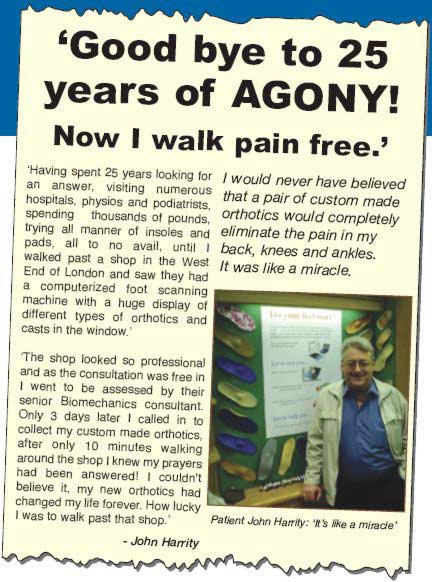Foot Pronation
As we walk the heel hits the ground and the foot pronates, which causes it to roll inwards and the arch to lower. At the same time the leg bones twist inwards leaving the arch unstable. The foot must recover from this position to provide a firm platform to support the body as the heel leaves the ground.
Patients with lower arch feet who pronate too much are left with an unstable midfoot, no secure platform and less ability to absorb shock. If the foot stays in this position the arch will continue to fall and the heel appears to lean over.


